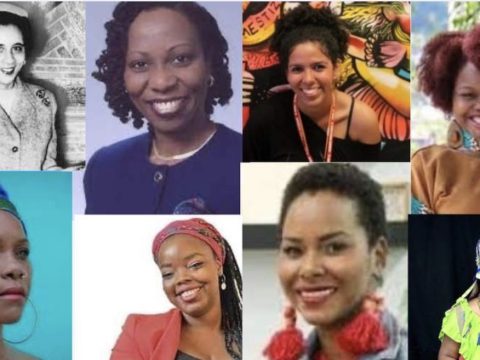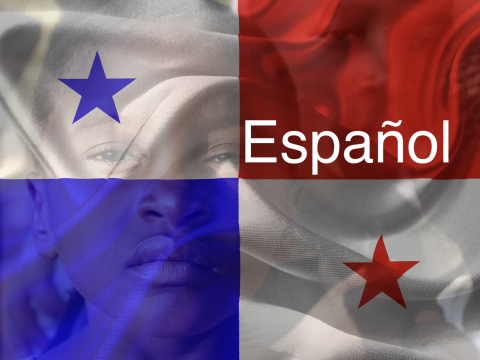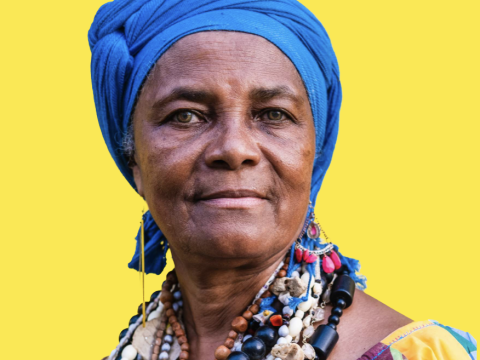Description
?Contact us Huellas Ancestrales if you need a different payment option than the ones provided on the payment platform. You can also find us on Instagram @huellasancestral.
Author: Huellas Ancestrales
Duration
The course itself takes approximately 2 hours. And it will expire in 1 year after you have entered the course.
Modules
- Introduction video (1 minute)
African presence in Panama (75-90 minutes) – includes: - African presence in Panama
- About this module
- Brief description of Panama and statistical data
- African diaspora
- Afro-descendant identity
- Discrimination due to the use of Afro-style hairstyles
- Significant dates
- Historical account
Mobilization of Afro-descendants in Panama - Map of the geographical distribution in the five provinces with the highest number of Afro-descendants
- Prominent Afro-descendant people in Panama: past and present
- Afro-Panamanian voices: activism and legacy
- Afro-Panamanian organizations: strengthening and change
- Men and women from Panama and social movements in the United States
- Reflections and conclusions
- Knowledge assessment
- Additional resources: Discover more about Afro-Panamanian identity
- Bibliographic references
- The census, self-identification, and Afro-descendancy (15-20 minutes)
- Census definition
- What is the census for?
- Colonial era
- Union with Gran Colombia
- Republican era
- Introduction of the Afro question
- Afro variable
- Meaning of the ethnonyms used
- Problems and paradoxes
- 2010 Census
- 2020 Census
- International or regional level instruments or actions
- Reflection and conclusion
- Bibliography
PDF with summary of the content of the African presence in Panama module.





Toshi Sakai (verified owner) –
Congratulations on a very important work. You and your team have produced what is probably the best source for learning about Afro-Panamanian identity. There are other books on history and sociology but this one gets to the core of the matter. I wish you much success and hope that this labor of love is seen by everyone, particularly young people. -Toshi Sakai